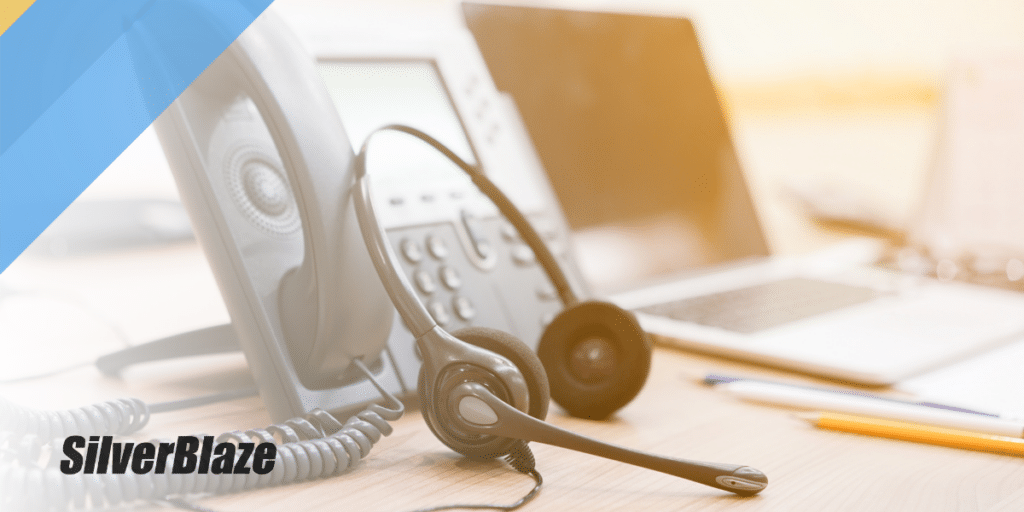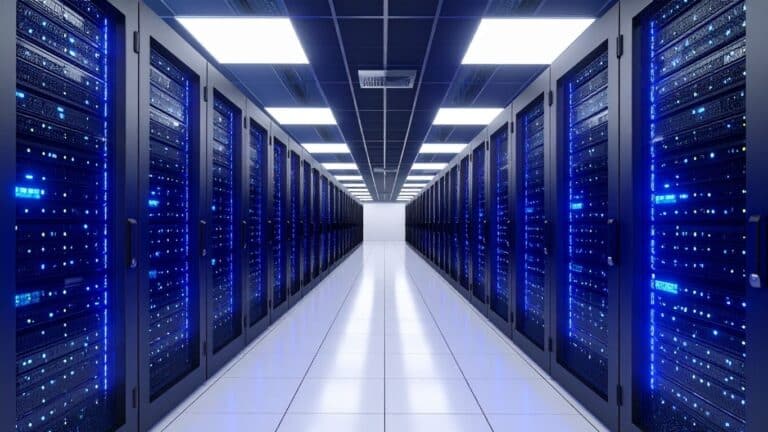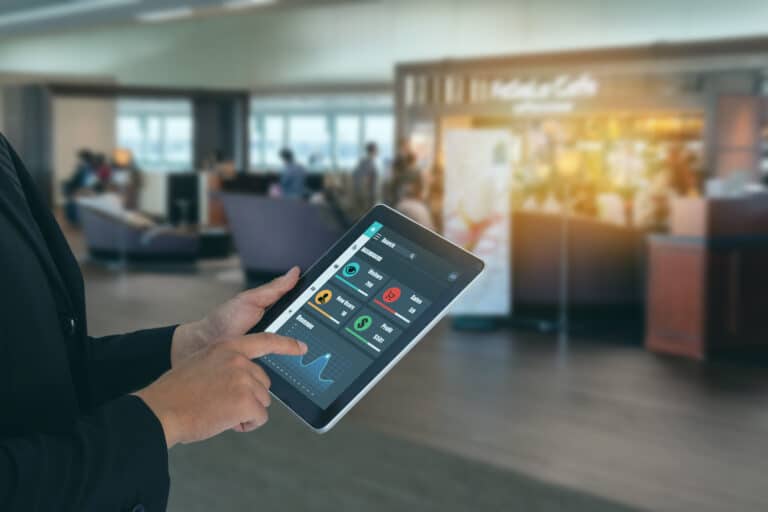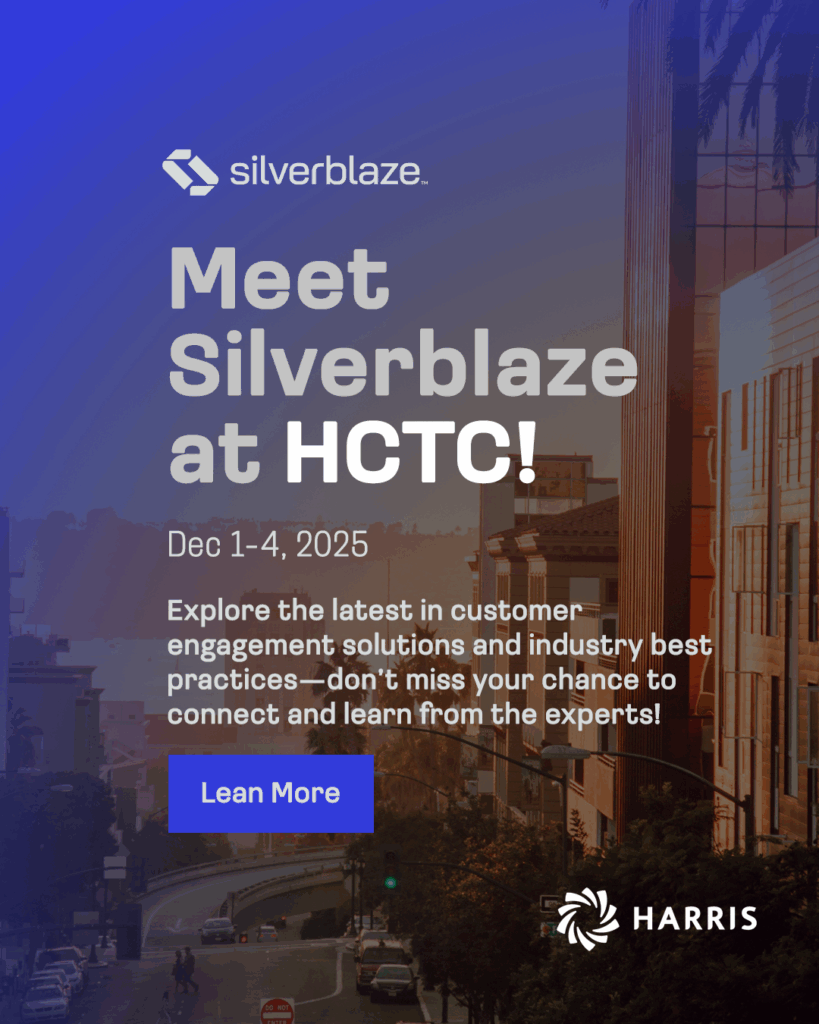Utility providers have traditionally operated in an industry with little-to-no competition, which meant utility leaders were typically slower to invest in new technologies primarily focused on enhancing the customer experience.
Yet in recent years, there has been a sudden shift – largely led by a huge change in what customers expect from their utility providers.
Utility providers have realized that by investing in the customer service, they can indeed realize significant return on investment. In fact, by focusing on customer service, utility providers are able to dramatically improve their internal efficiencies, save money and increase customer satisfaction.
But, how do utility providers evaluate how their customer service program is performing so that they can work towards an optimum customer experience? Here are a few of the most important utility call center metrics to track.
{{cta(‘d7fdea4c-12c2-493e-b13b-57de94329e85′,’justifycenter’)}}
#1 – Average Handle Time (AHT)
This is the average duration that a customer is on a call with your customer service team, from the moment a customer initiates the call to the moment the call is ended by the customer service representative – including all hold times, transfer times and any after-call works that customer service team has to perform.
There’s a thin line here between great customer service and the efficiency of your team. Calls shouldn’t be so long that they’re cutting into your team’s time and forcing other customers to wait longer, but on the flip side, a short AHT can also represent poor customer service. Your utility has to find the right balance.
Average handle time is calculated in either seconds or minutes with the calculation:
Total talk time + hold time + after-call time / number of calls completed = average handle time.
#2 – Self-Service Completion Rate
The success of your utility customer service isn’t just about the performance of your call center. Remember, self service plays an important role in helping you deliver a superior customer experience. After all, today’s customers want to answer their own questions, in their own time.
Self-service rate, also known as self-service completion rate, is a KPI used to analyze the effectiveness of a help desk or support team by measuring the percentage of issues that users are able to troubleshoot on their own.
#3 – Customer Satisfaction (CSAT)
Customer Satisfaction Score (CSAT) is a metric used to measure the degree to which customers are satisfied with your utility’s service or experience. To measure this, customers are sent a short survey after an experience where they rank certain aspects of your brand from 1-5 or good to bad.
Variations often come in the form of a simple question, such as “how would you rate your experience dealing with our organization?” The answers will give your utility the ability to determine how your customer experience is performing from the eyes of your customer.
#4 – First Call Resolution (FCR)
First call resolution, also known as FCR or first contact resolution, is the percentage of contacts that are resolved by your customer service team on the first interaction that a customer has with them. This can be calculated by:
Resolved incidents on first contact divided by total incidents x 100 is the simplest.
By calculating FCR, your utility will be able to determine how successful it is at answering customer queries. The better you are at answering customer queries in the first contact, the better your customer experience will be.
How Utility Call Center Metrics will Improve the Utility Customer Experience
Determine which channels your customers like to engage with you on.
Your utility can utilize a wide range of ways to engage with its customers, whether it’s via social media, your website, over the phone or through the use of a utility customer portal. By collecting data from each channel, your customer service team will be able to identify the channels which are more popular for your customers.
Once you have identified where your customers prefer to engage with you, you can then tailor the customer service process to those channels and deliver a superior customer experience.
Improve your customers’ access to information.
By collecting data about what your customers want from your utility, you can build customer service programs that provide your customers with better access to information. For example, if there’s a ubiquitous customer service query your call center is receiving, you can address these questions through your website or on your customer portal – answering your customers’ questions before they even have to phone your customer service team.
Improved access to information encourages self service, and that means an improved customer experience and less calls to your call center – allowing customer service representatives to focus on higher-value tasks.
Are you looking to gain efficiencies within your customer service department and provide a higher quality, optimized experience for your utility customers? Get in touch with the Silverblaze team today, and find out how our award-winning customer portal for utilities delivers a more engaging customer experience.
{{cta(‘2b7d1ae2-2dcc-404c-8947-970f7deb02c6′,’justifycenter’)}}




